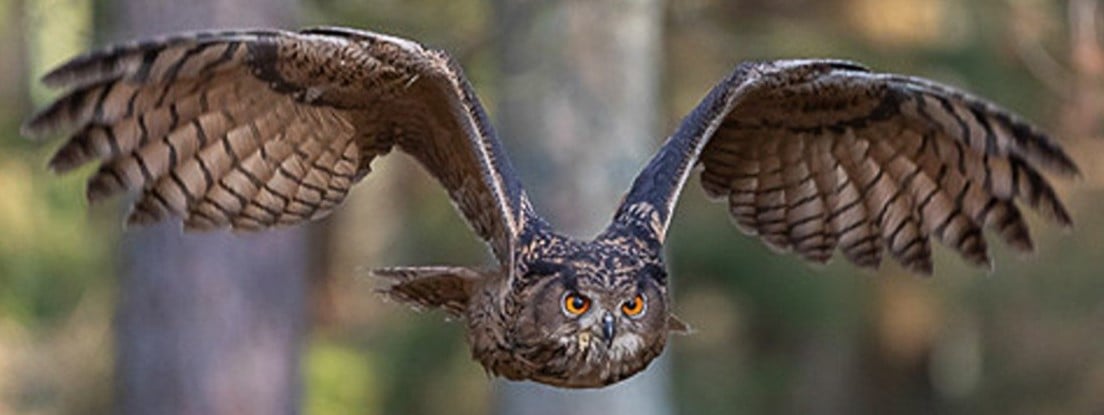It could be neck or chest contour feathers. The beginning of this video an ornithologist goes over a roadkill Barred Owl.
The most common causes of owl death are impact related (car/building) or poisoning, followed by starvation. Not much will hunt an owl, at least one as big as a Barred.
Most likely something found it dead or dying and took it off. Dog, cat, raccoon, etc. If it did die of poisoning, whatever ate it is poisoned now too. Newer rodent poisons aren't metabolized out like old ones, so as owls catch poisoned mice they eventually die of it. It's a huge problem.
If it is owl parts, I recommend leaving them, as it is illegal to kill raptors, and the burden of proof falls on you to prove you didn't kill it, not whoever is accusing you to prove you did it, the opposite of most crimes.
That's about all I got, I spend most of my time looking at them in one piece!
